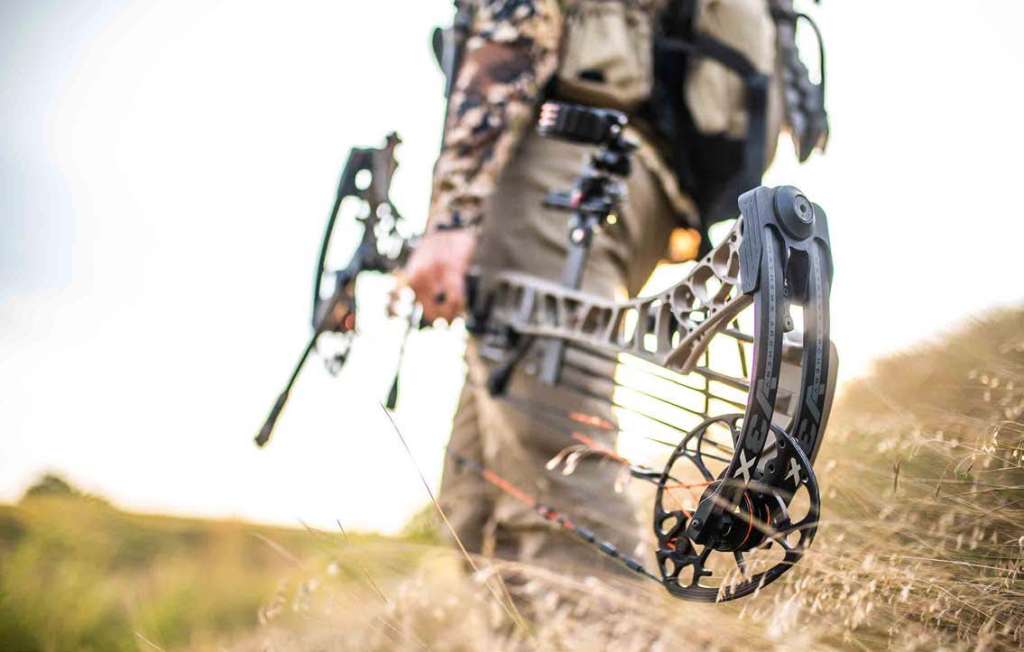If your go-to strategy is no longer fun or isn’t producing success, make a change!
When it comes to whitetail hunting, the debate between tree stand vs. ground blind setups has been ongoing for generations. Both have distinct advantages that can complement different hunting styles and environments. Your choice between a ground blind or tree stand might just be the deciding factor in your hunting success this season.
My Hunting Evolution: Finding What Works
I grew up hunting from treestands in Wisconsin. Starting at age 17, I began making trips to other states, where I also hunted Whitetails exclusively from treestands. I had decent success and killed some nice bucks. Still, it wasn’t until I burned out during an Iowa hunt—where I hunted from treestands for at least 10 days without even seeing a nice buck—that I learned I needed to adapt. I needed a strategy that better fit my personality and would allow more consistent buck encounters.
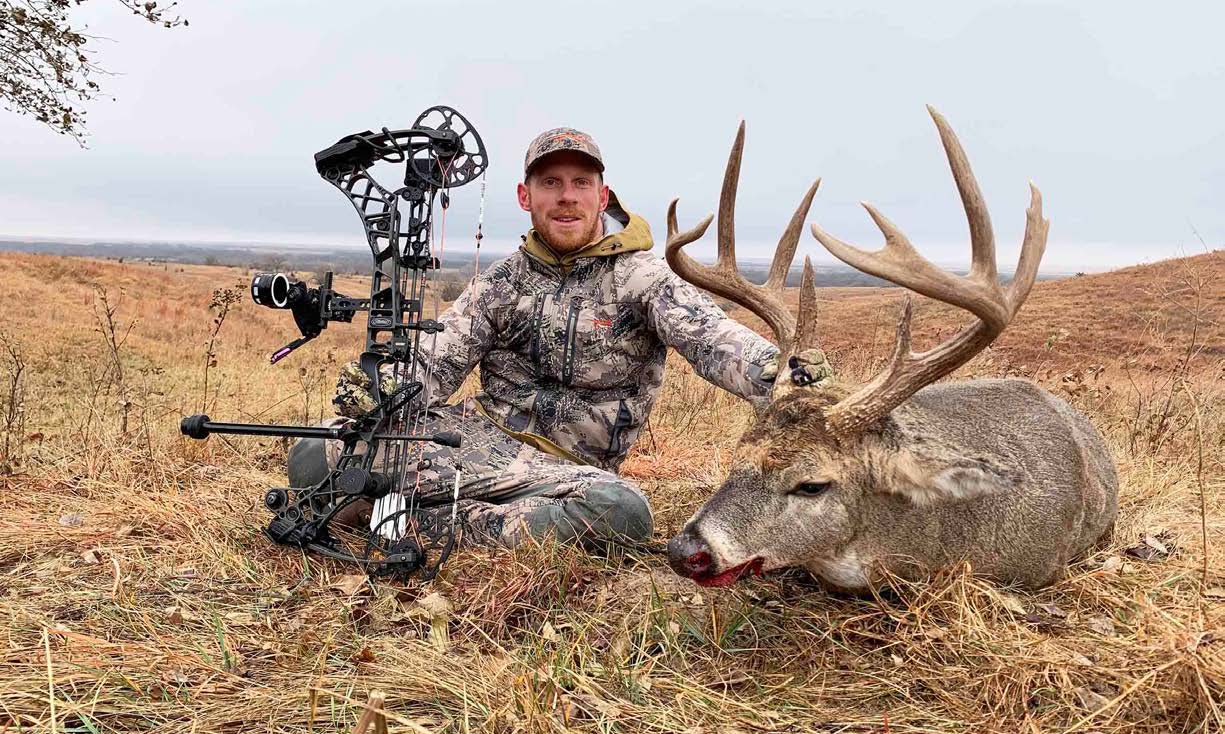
Ground Blind vs. Tree Stand: Tree Advantages
Elevated Visibility
When hunting from a tree stand, you gain a significant advantage through your elevated position. This height allows you to see over brush and terrain features that would otherwise block your view, giving you more time to prepare for approaching deer.
Scent Control
Being elevated helps keep your scent above deer’s nose level. While no setup completely eliminates your scent, a properly positioned tree stand with favorable wind conditions can significantly reduce the chances of deer detecting you.
Natural Concealment
Tree stands blend more naturally into the environment making it more concealed than ground blind hunting, especially when positioned against the trunk of a large tree. Deer rarely look up for predators, making your elevated position less noticeable.
More Shot Opportunities
From a tree stand, you can observe a wider area and have a better angle for ethical shots. This is particularly advantageous when hunting in mountain areas where ground-level visibility might be limited.
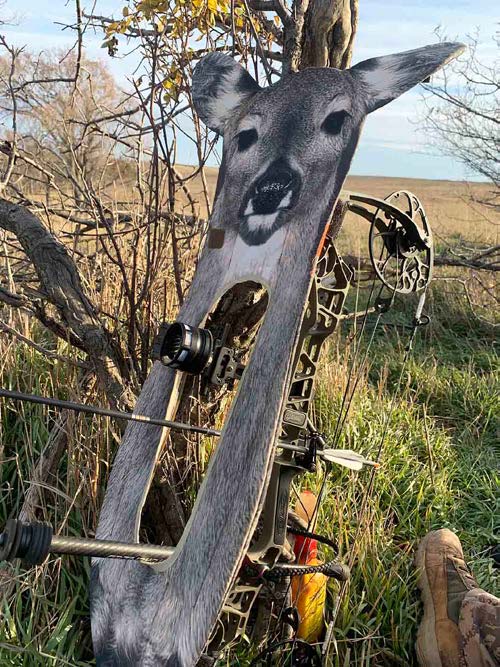
Tree Stand Disadvantages
Safety Concerns
The most significant drawback to tree stands is the risk of falling. According to studies, the odds of experiencing a serious stand accident are approximately one in 50 if you hunt from a tree stand for 20 years. Always wear a safety harness and follow proper safety protocols.
Weather Exposure
Tree stands offer little protection from harsh weather conditions. Wind, rain, and cold temperatures feel more severe when you’re elevated and exposed.
Limited Mobility
Once in a tree stand, your movement is restricted. Stretching, adjusting your position, or even reaching for gear requires careful planning to avoid detection.
Setup Challenges
Finding the perfect tree in the right location can be frustrating. As one expert noted, sometimes you need to “first find the perfect tree then bulldoze a clearing around it for a food plot” – showing how challenging it can be to align the ideal hunting spot with a suitable tree.
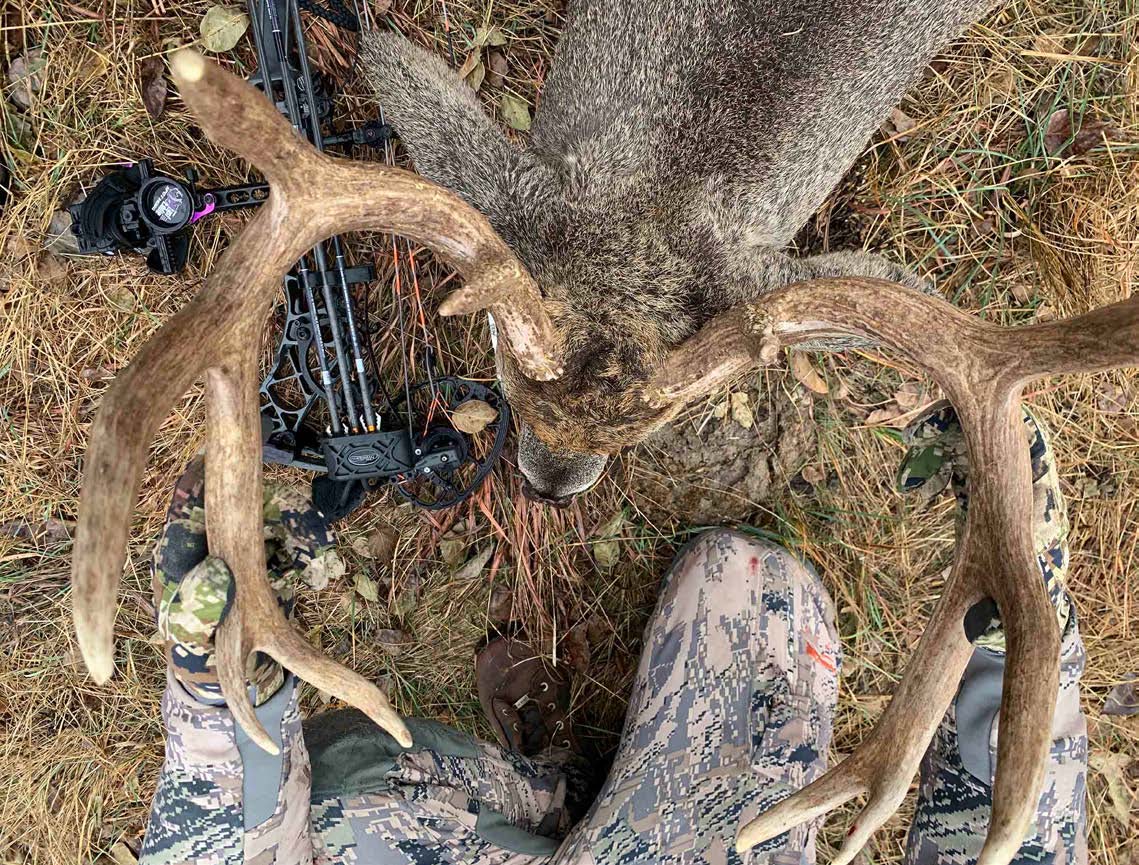
Early Treestand Evolution
Back in the day, a treestand could be just about anything that allowed a hunter to sit in a tree and wait for animals to appear. These stands were often homemade, and not always the safest. Thinking back on some of the early homemade treestands I sat in, it is amazing that nothing terrible happened. A couple of 2x4s nailed into the notch of a poplar is not the safest thing to stand on. We often climbed to these stands using foot holds that screwed into the tree trunk. Negotiating those foot holds with large, muddy boots was scary at best.
Tree Stand vs. Ground Blind: Ground Advantages
Weather Protection
Ground blinds shelter you from wind, rain, and snow, allowing for longer, more comfortable hunting sessions. Some hunters even use small portable heaters inside their blinds during extremely cold conditions.
More Comfort
The ability to sit in a comfortable chair, stretch occasionally, and organize your gear makes ground blinds excellent for longer hunts or when introducing new hunters to the sport.
Flexibility in Placement
Unlike tree stands that require suitable trees, ground blinds can be set up virtually anywhere – in fields, forest edges, or areas where trees are scarce or unsuitable for climbing stands.
Concealed Movement
Ground blinds mask minor movements better than tree stands, allowing you to adjust your position, draw your bow, or raise your weapon with less risk of detection.

A Ground Success Story
During an Iowa hunt after burning out on treestands, I’d been on the phone with a friend who exclusively hunts from the ground. He suggested that I sleep a little longer the next morning, then grab some coffee, and drive around and glass from the road. If I didn’t turn up a buck that way, he suggested that I find some ideal deer habitat and hunt actively on the ground, picking apart the terrain with optics as I went.
Both angles turned up deer. I had a wild encounter with two bucks in a thicket one afternoon. I ended up shooting one of them the following morning while hunkered in a nearby thicket, in wide-open space, with my wife beside me. I shot the public-land buck at only 15 yards. He never knew we were there.
Ground Blind Disadvantages
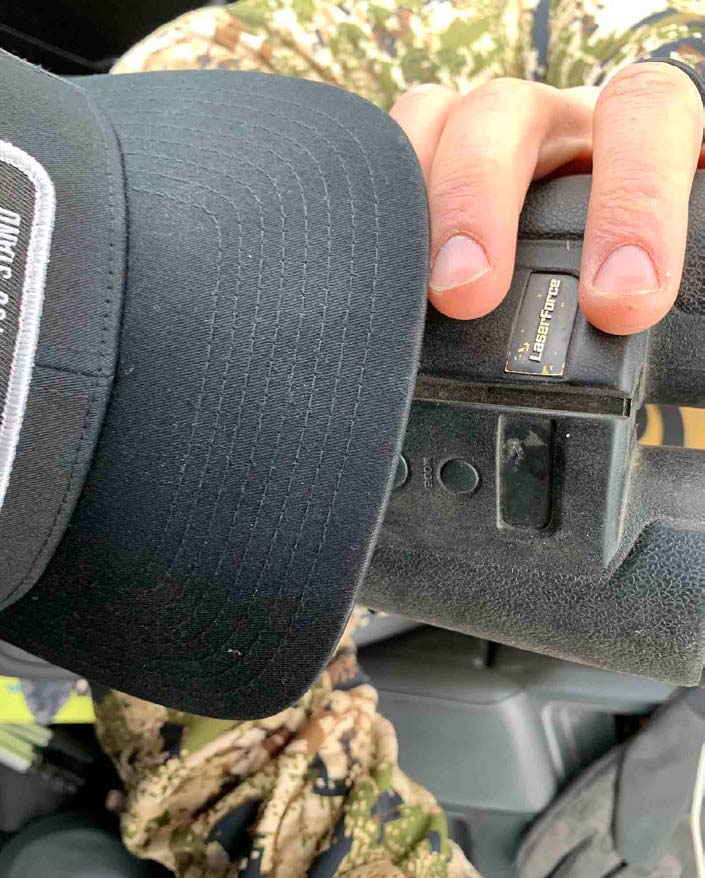
Limited Field of View
Being at eye level with deer limits your visibility, especially in tall vegetation. Animals can appear suddenly at close range, giving you less time to prepare for a shot.
More Obvious to Wildlife
Even “brushed in” ground blinds can look unnatural to deer. Ideally, set up your blind several days before hunting to allow animals to become accustomed to its presence.
Additional Preparation Required
Ground blinds typically need to be brushed in with natural materials to break up their outline and help them blend into the surroundings.
Restricted Shooting Angles
Shooting through specific windows or ports can limit your shooting opportunities compared to the 360-degree potential of a tree stand.
Which Is Right For You? Ground Blind or Tree Stand?
The choice between a tree stand vs ground blind often comes down to:
- Your hunting environment: Open fields might favor ground blinds, while forested areas with good trees might be perfect for tree stands.
- Physical capabilities: If climbing trees is challenging due to age or physical limitations, ground blinds provide a safer alternative.
- Weather conditions: In regions with harsh weather, the shelter of a ground blind might extend your hunting season.
- Hunting style: Active hunters who like to move locations frequently might prefer portable ground blinds, while those who meticulously scout and plan permanent setups might favor tree stands.
- Companion factors: When hunting with beginners, ground blinds allow for easier communication and instruction, which is especially important when teaching hunting techniques. blow them out before you even see them.
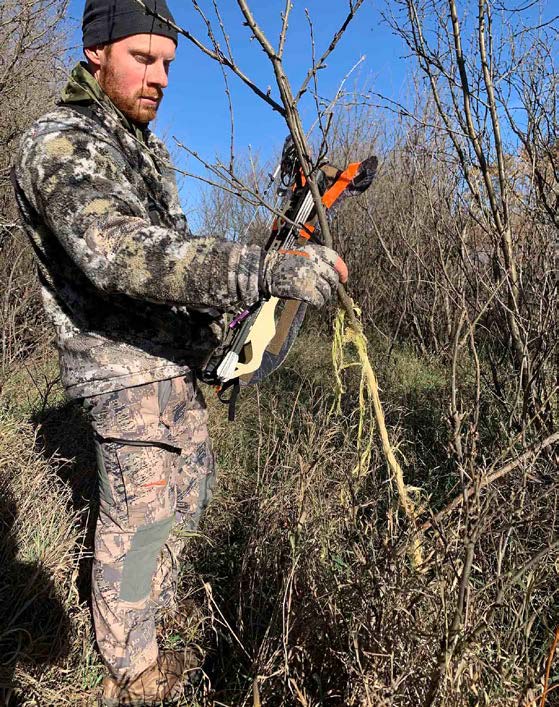
Adapting Your Hunting Style
Many successful hunters have found that adjusting their hunting style can renew their enthusiasm and success. If traditional treestand hunting has become stale, consider:
- Hang-and-hunt approaches: Using lightweight, portable treestands to explore new areas.
- Saddle hunting: A mobile alternative to traditional treestands that some find more versatile.
- Strategic ground hunting: Using terrain features and careful movement to spot and stalk deer.
- Decoy strategies: Utilizing realistic decoys to draw deer within range while hunting from the ground.
- Weather-specific tactics: Adapting your approach based on conditions, such as using hot-weather hunting techniques early in the season.
That’s what I was as I hunkered in shin-high prairie grasses when the buck of my dreams sky-lined himself across the draw. I blinked to make sure I wasn’t fantasizing. Time stood still. He meandered down into the draw, raked a tree, then continued toward me. He veered slightly, and I realized I wasn’t going to get a shot. Panic!
He started walking parallel along the draw away from me, heading north. Instinctively, I backtracked uphill to the east, then charged north before peeking down into the draw where I expected the buck would unknowingly walk beneath me and offer a golden opportunity. Tensions mounted with each passing second that the buck didn’t reappear. I feared that he’d rerouted again, but I trusted my gut because a hot doe had flown right through this spot just several minutes earlier.
Antlers suddenly appeared through some brush about 40 yards away. I knelt and prepared my rangefinder to zap him as soon as he cleared. A few moments elapsed, and I rose up slightly in order to see what was happening.
Boom! The buck was now only 18 yards away traveling a small ravine that jutted uphill out of the draw in front of me. Holy buckets! I drew instantly.
He meandered up and out of the ravine, then walked the sidehill at an estimated 22 yards. It took two mouth grunts to halt him, and then my arrow slammed through his shoulder crease. His death run carried him for about 120 yards where he collapsed underneath a lone Osage orange tree. I’d taken a tremendous, mature buck from the ground with my bow at top-pin distance.
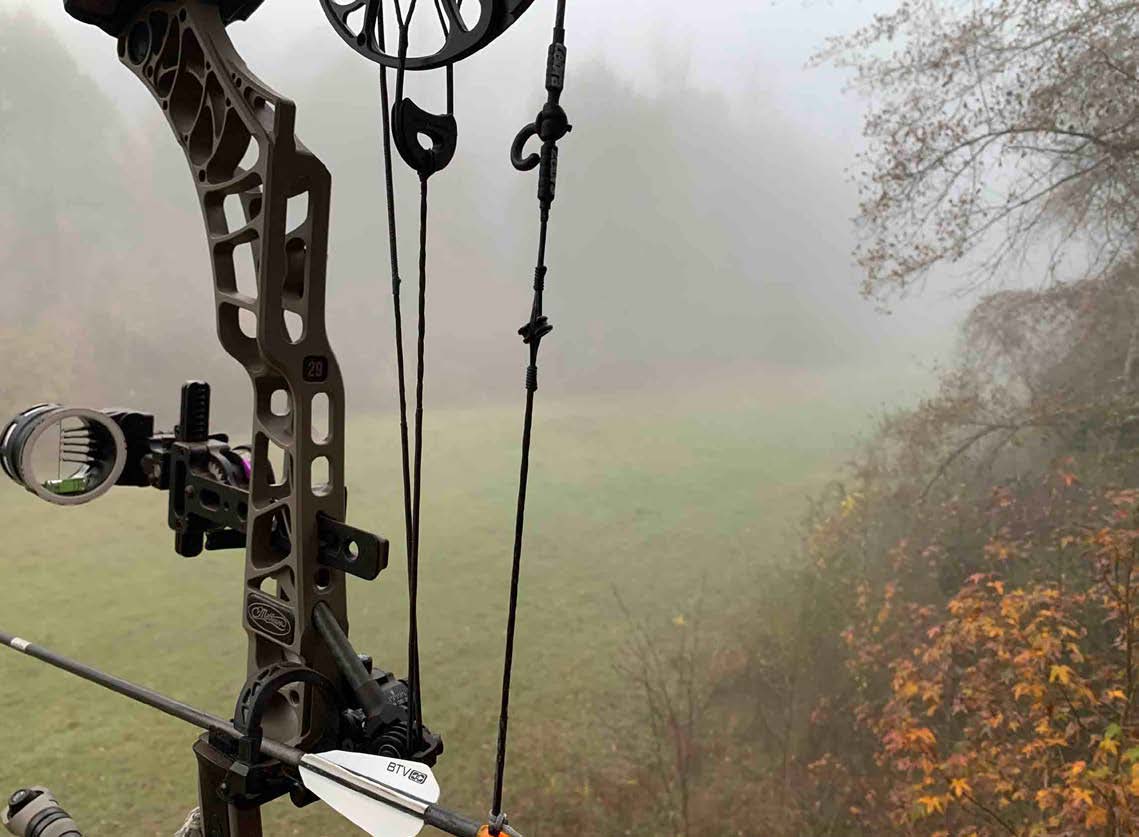
Final Thoughts: Finding Your Own Style
After felling the public-land buck I mentioned earlier, I bow-killed another great public-land buck a few days later in another state. That made three great bow bucks from the ground in two seasons. So, I’ve not only rekindled my love for Whitetail hunting, but by comparing ground blinds vs tree stands I’ve realized that I’m a little more flexible than I thought.
If you’ve been feeling your deer hunting is stale or unsuccessful, you might want to adapt to a new hunting style that better fits your personality. The question is, will fear keep you from trying these tweaks, or will you concede that it’s time to adapt?
Per our affiliate disclosure, we may earn revenue from the products available on this page. To learn more about how we test gear, click here.



